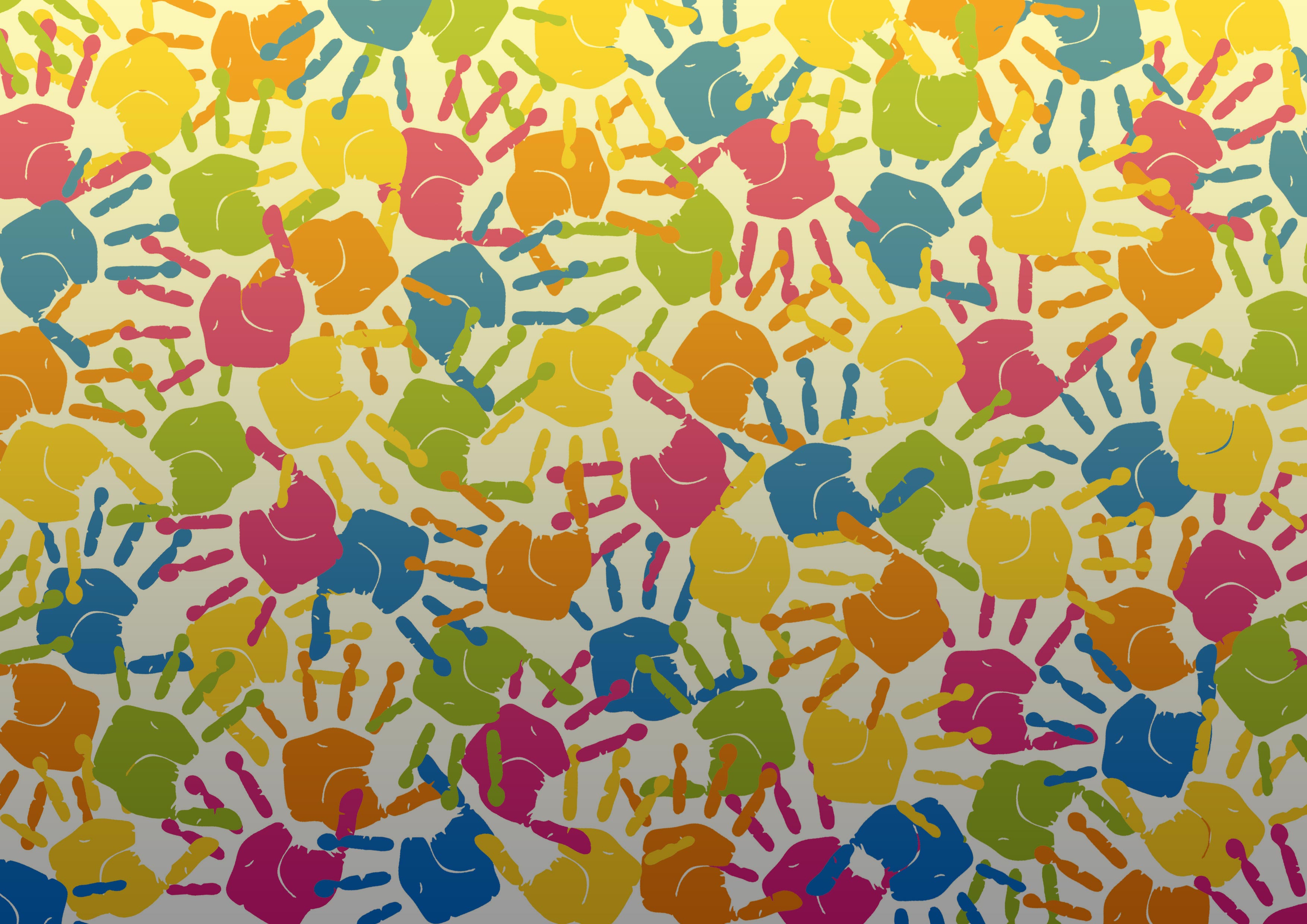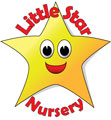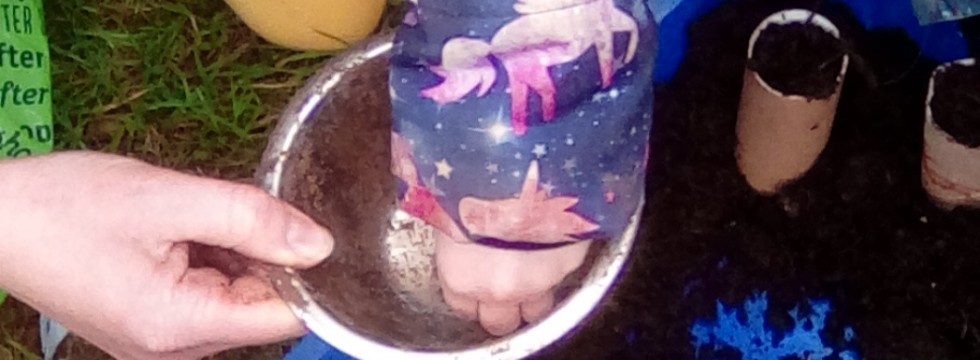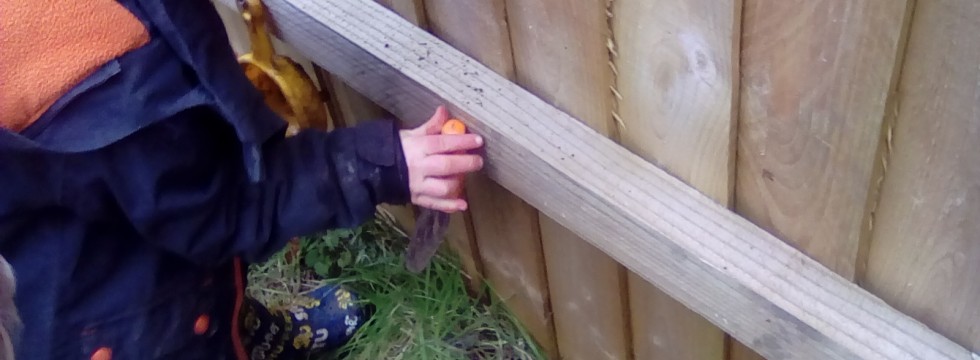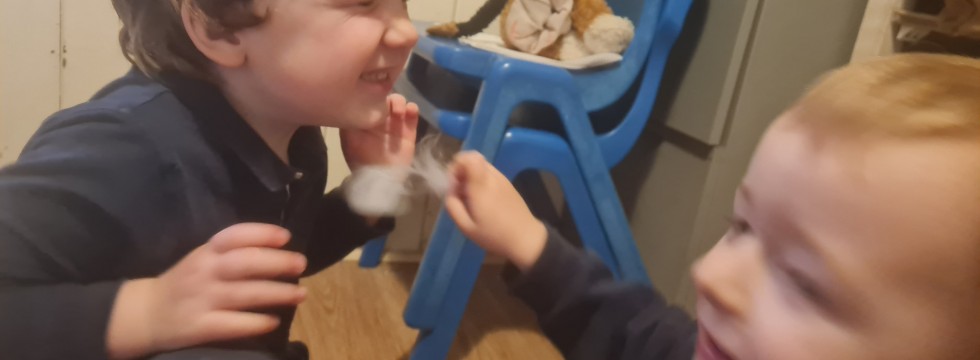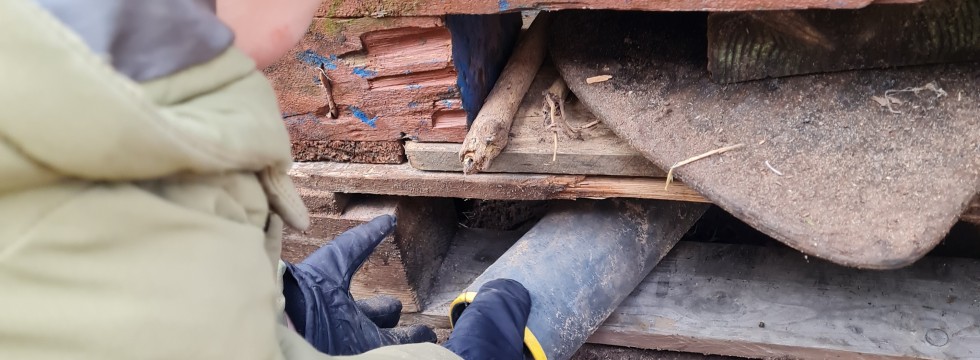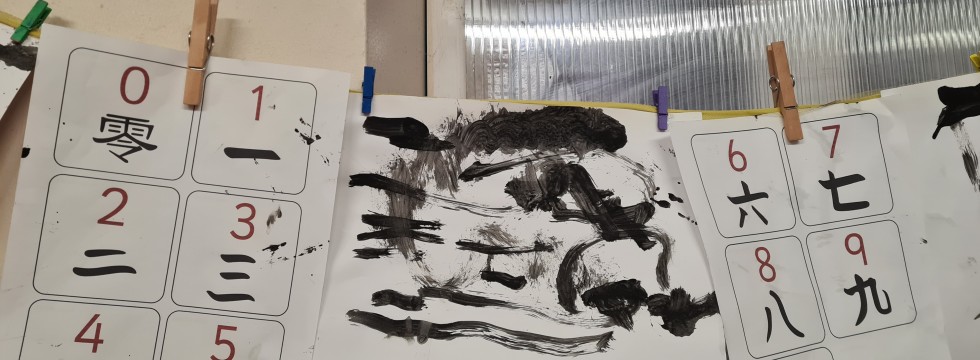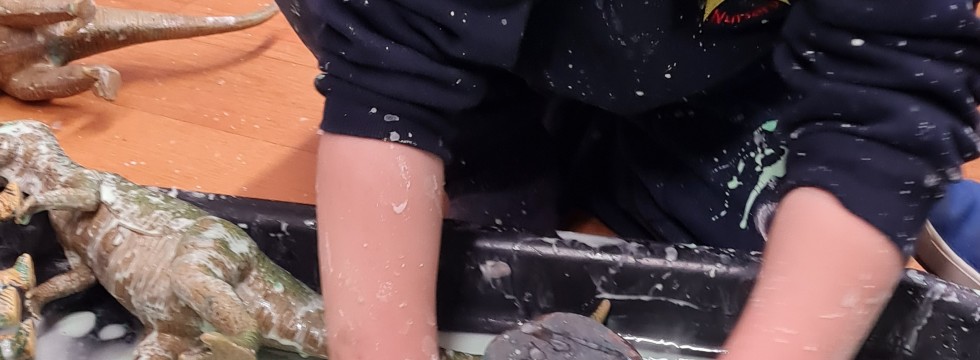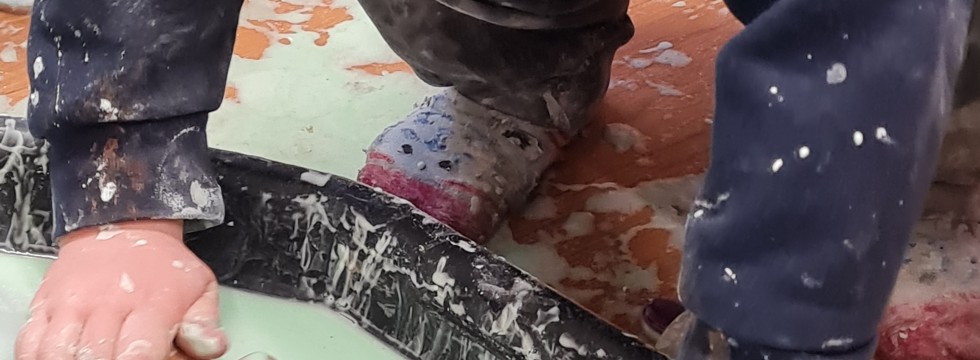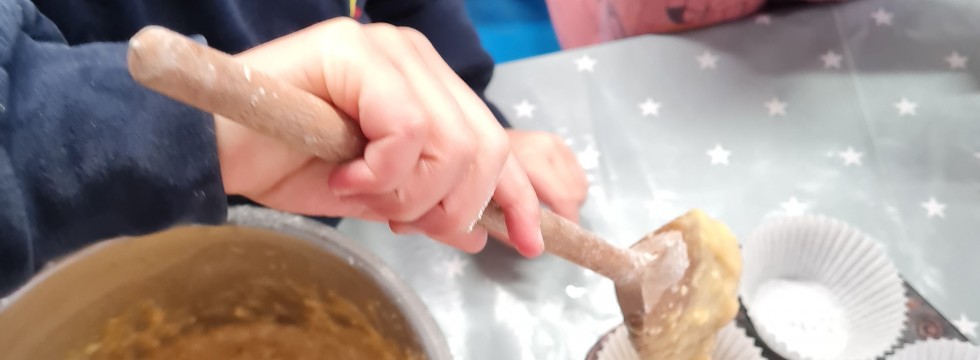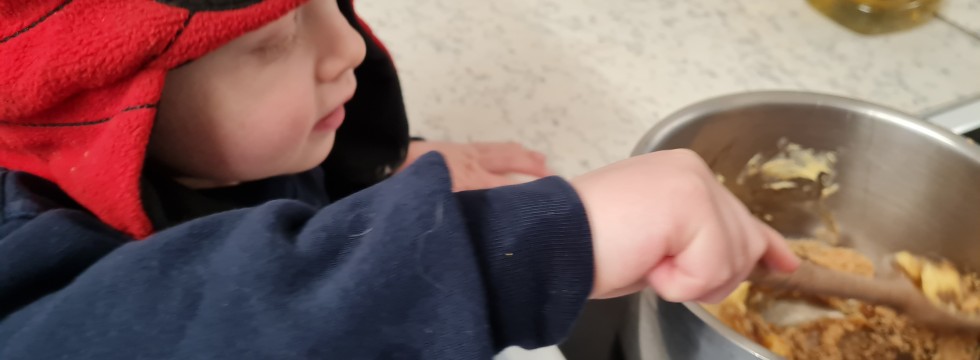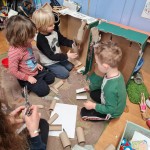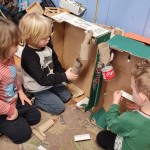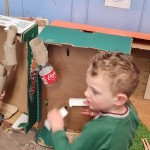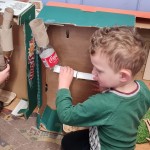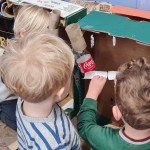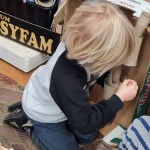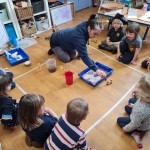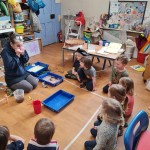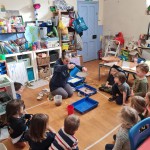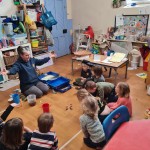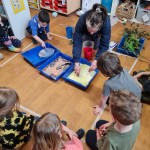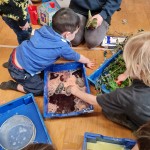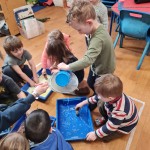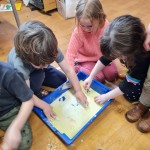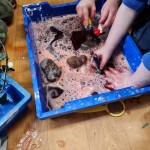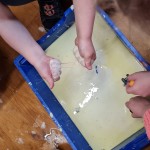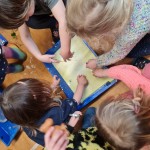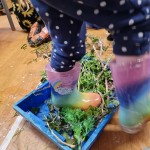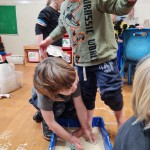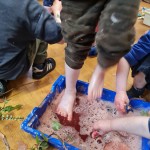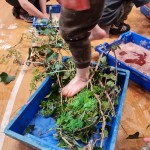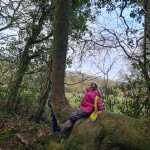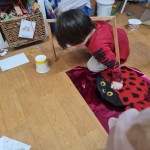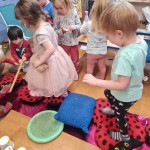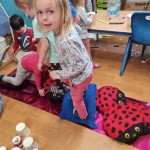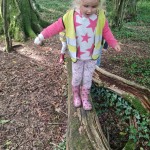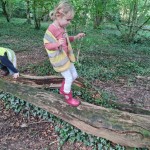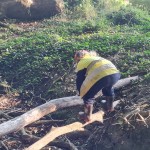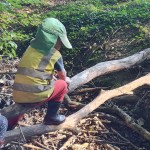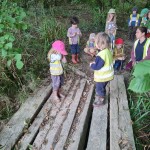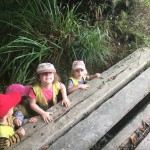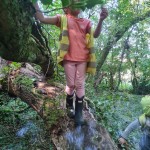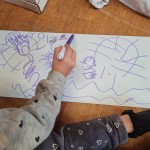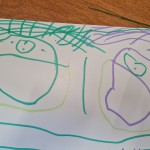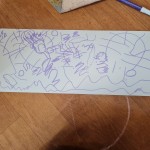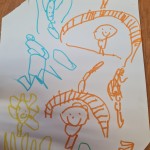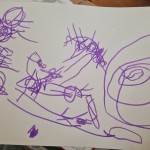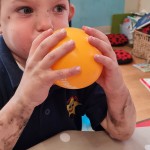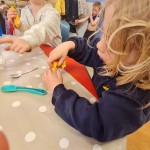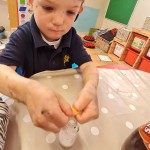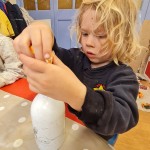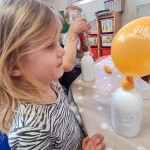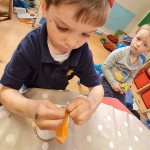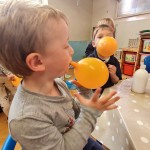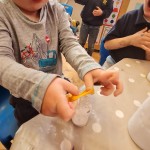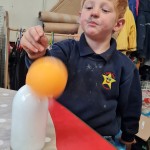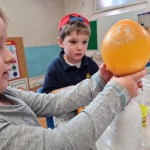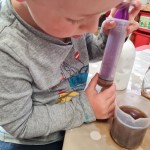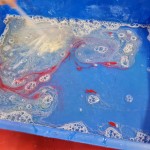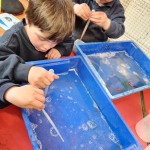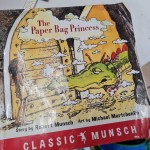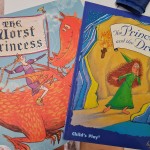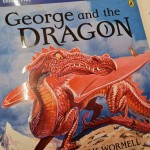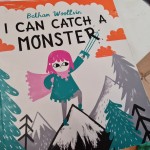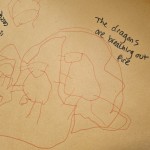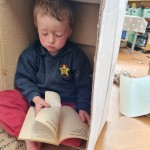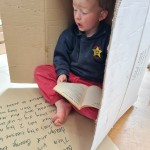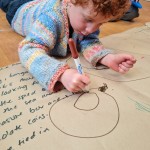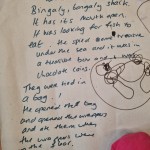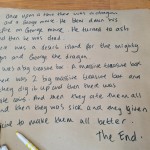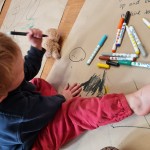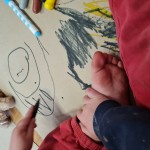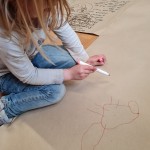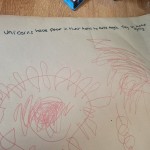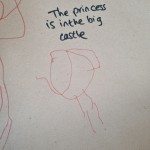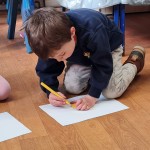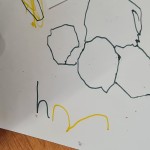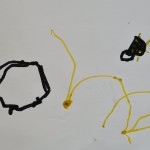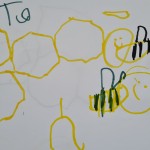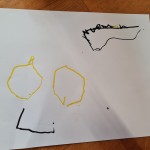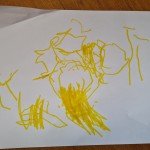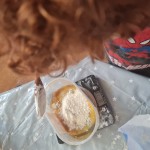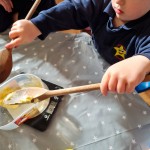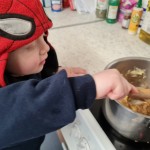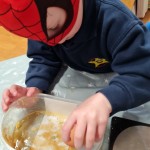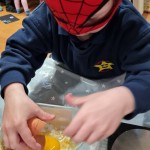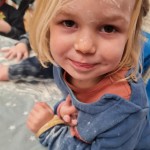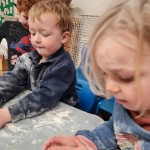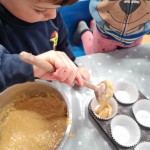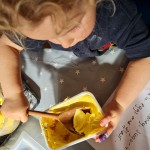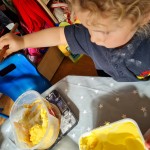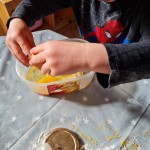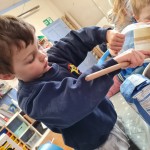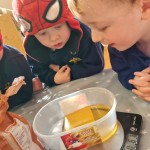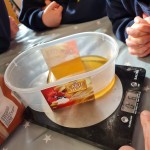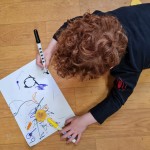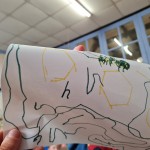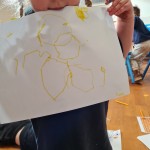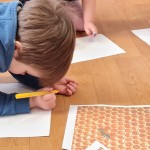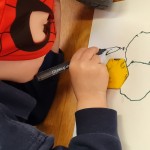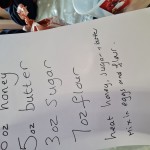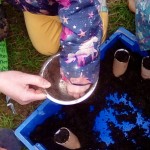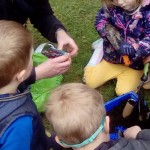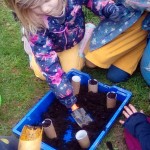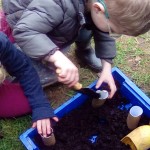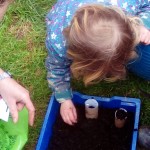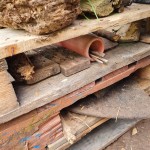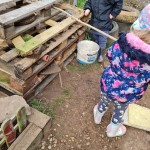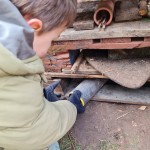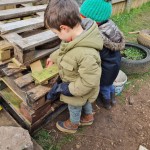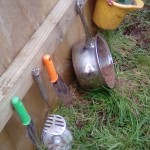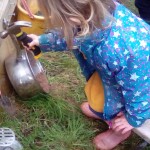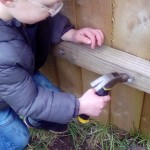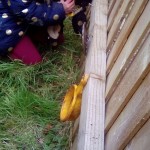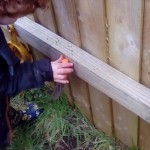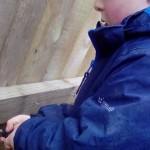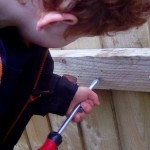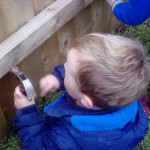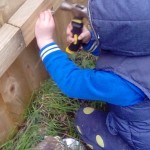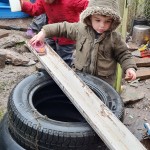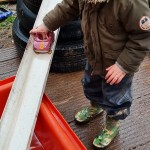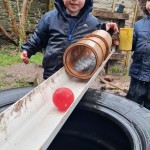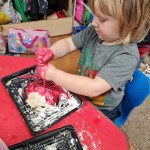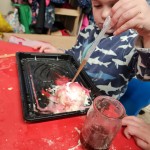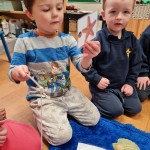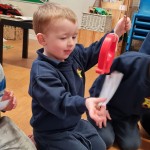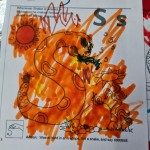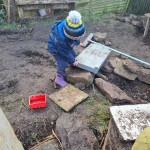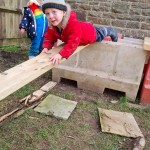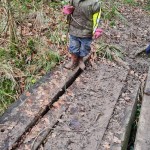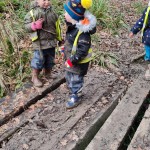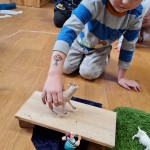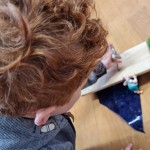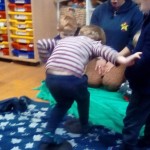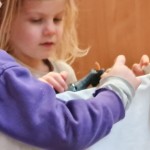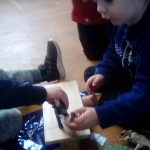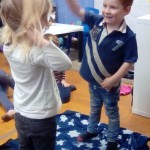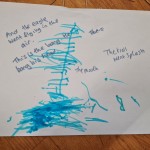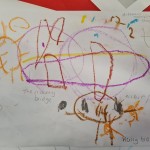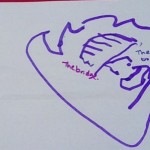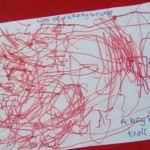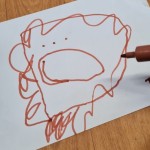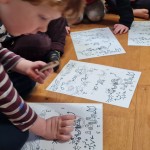Spring Term 2022
Our ACE curriculum has to have at its heart an active and creative response to what excites children and so, inspired by our current cohort’s fascination with constructing marble runs, Sarah engaged with a group of avid builders and creators in constructing their own marble run using a variety of tubing and materials. It required then to actively engage and participate in their own learning and allows them to be inventors and owners of their enquiries.
The Dinosaur Hunt story has certainly provided plenty of opportunities for being “active”: from looking for signs of dinosaurs in the woods, to re enacting the journey with trays of hot lava and the gooey swamp! We have also experimented in creating volcanic eruptions by combining vinegar and bicarbonate of soda and found out more about how volcanoes erupt.
It has also allowed us to extend our story telling skills as well as telling the story through pictures. Take a look at the gallery of our fun and learning:
Well, how can we beat the end to 2021 that was the superb performance of ‘Little Red: a nativity story’? The children’s enthusiasm for the performance shone through and I was as proud as any parent out there ![]()
But move on we must and here is a taster of what we have in store this term:
Active Story making: We’re going on a Dinosaur Hunt
Referring to the UNCRC (see What have We been doing? ) Article 29, what the strategies of Active story making do well, is providing children with a wide range of expressing themselves through story (I have attached links below to more information for those of you new to the practice). We are also able to choose and adapt stories that are directed by the interests of the children: hence this term sees us following the many fascinations with dinosaurs and going on a dinosaur hunt. Using the familiar story structure of Bear Hunt we are hoping to introduce the children to a wider range of vocabulary as well as pulling out links from the story that again are based on the interests of the children of this cohort (volcano and lava jumping is an almost daily activity!).
we are going on a dinosaur hunt
Phonics
Even though we embed active listening to beginning sounds into routines as standards, this term we will begin the journey through the scheme of ‘jolly phonics’. We follow the sequence, starting with SATPIN. As ever, we aim to do this in a fun, interactive and co productive way, that invites the children to be participants in the learning and not merely filling out worksheets that require a right and wrong answer.
Teaching of phonics for pre school children
Explore, experiment and express
We want to be able to introduce the children to as wide a range of different forms of creative expression as possible: thinking about the type of music we play, the rhymes we sing or the media we use. This will hopefully enable each child to find the form that suits them best to grow and develop their own voices.
As ever if there is anything you want us to be doing with your children, or something you know they want then let us know. The children are our educators!
Autumn term 2021
Following the theme of being active in our curriculum, the essence of ‘Active story making’ is to enable and empower the children to become authors and tellers of the story. By providing them with different ways in which to tell the story (actions, words, pictures) they get to relate to the method that “speaks” to them. Techniques such as using repetetive phrases, the “rule of three” (“not one, not two, but three”), adding descriptive vocab (the rickety bridge/ sparkling stream) and dialogue (“OK kid! Move along”) introduces the children to parts of speech and story telling techniques (without needing to know your conjunctions from your contractions and determiners!), that they then can use in their own manner and in free play. The most rewarding part is to hear them re enact stories, either in the woods across a bridge, with small world animals or on a large scale hopping over bridges of cushions. This is why Active storymaking is intrinsic to our curriculum at Little Stars.
Active learning for powerful minds
Being active in learning and play does not mean the children have to be physically running about or moving. It is equally stimulating to challenge the activity of the mind and this is why Little Stars have so many opportunities to explore and experiment. Not only are they learning facts in an active way (for example that the chemical reaction of mixing bicarbonate of soda and vinegar produces gas to blow up a balloon just as their breath does), but they also are allowed to actively engage with and follow the journeys that their own thinking takes them on. It is often the investigations that they have once the “actual” experiment has concluded where we see the sparks flying. Allowing them to use different resources and utensils in their own way, mixing different substances and observing changes effects produces the powerful learners who are prepared to make new discoveries, direct and take control of their own learning and their own future!
Fearsome tales for powerful story telling
Whilst I talk about making learning real and meaningful in some ways, in others the powerful learning comes from the mythical, legendary and magical. We all know the attraction of princesses, knights, superheroes and right now it’s dragons. Combine those themes with story and you have a powerful connection and inspiration for the children. And so we have seen, by telling a range of different stories (our favourites are shown in the gallery) that mix up and subvert traditional ways of telling stories and presenting ideas (with princesses bored of being locked in a tower and wearing pretty dresses, or dragons scared of mice), telling them through books and through actions, drawings and orally, the children have at their fingertips, and on the end of their tongues, the ability to fly with their own fantastical tales where anything and everything can happen: even new words can be invented for in the world of magic and fairy tale the more fastastical the better!
Take a look at our week of reading and writing, the Little Star way:
Making phonics fun and meaningful
Whilst our ethos is to allow powerful learning to come from children’s own lead, there are of course certain nuggets of knowledge and skills that need to be given to children, but this still doesn’t need to be delivered in a static way. And so in as many ways as we can we make links, offering alternative ways and avenues for children to grab onto the pieces of knowledge and skills they will need and adapt as they grow in a way that interests them. Hence the phonic sound ‘h’ is introduced through linking it to honey, how it is produced, drawing pictures of honeycomb, noticing shapes, patterns, we danced to the flight of the bumblebee and made honey cakes. These pictures show the gallery of learning that the children are open to:
Providing a sustainable life and attitude for learning and for life for now and the future
We can give children knowledge in many forms of learnt skills: reading, writing, maths, facts, figures. But what an entirely knowledge based curriculum fails to do is to provide life skills and to provide children with the necessary skills to protect our planet, to be resourceful, to be part of a caring, considerate society who thinks of others and can save the world! Thus our true superheroes are these children who will be the saviors for the future. They understand where food comes from, how it grows and are self sufficient in growing their own; they understand how to care for other species with whom we share this fragile planet and they are able to solve problems for themselves and apply practical solutions to situations. We support not just the children’s growth, but that of the environment. Here’s how:
We can give the spark but it’s the children who light the fire
Real deep learning comes from allowing the children to find their own answers, make their own discoveries and answer their own questions. Otherwise it’s just a manner of filling a child with facts that are never allowed to link up into something meaningful. ‘STEAM’ learning (science, technology, engineering, arts and maths) offers a manner of open ended problem solving opportunities for the children to become self learners and it has been in full swing over these past few weeks as the Shooting Stars have been exploring and experimenting with mixing materials and ingredients and watching chemical reactions; such as exploding volcanoes with vinegar and bicarb of soda and undertaking many outdoor exploratory adventures with water.
It’s also not what you’ve got but what you do with it, and such is the importance of having resources available at all times to aid and support play and learning when and wherever it takes place: such as using tape measures to work out whose vehicle is the longest.
Isn’t it ironic that the very word ‘phonics’ is phonetically incorrect?! The glorious English language for you….and this minefield is what our children have to find their way through! Luckily then phonics is not such a scary or intimidating prospect when done the Little Star way.
‘Magic bags’ (any given bag filled with props of the same letter) are always a popular way of introducing the children to a certain beginning sound. The true learning comes though from leaving the children alone with it once the adult led session has finished. I’m a great believer of letting the children have access to as many of the resources we use through their continuous play as they are then able to re create, re discover and re live the learning for themselves. So I over hear the children “being teacher” in the book corner with the phonic resources we have used in the group time.
This is why I believe that a mix of adult and child led learning is the best mix. And learning when they don’t realise they are. Hence a “phonics lesson” of fishing becomes a discovery of the properties of magnets, number identification and ordering and again leads the children to make their own investigations as they follow their own interests in exploring the room looking for what is magnetic.
Who’s that trip trapping over my bridge?
It’s not just called ‘Active’ story making for no reason! The format of active story making whereby we tell a story through words, actions and pictures really does capture the children’s imaginations as well as their drive and desire to tell the story for themselves: be it through just the words, pictures or physical re enactment: which is its power, to give ownership of story telling back to the children. And so we have had puppet shows, rickety bridges in the woods as well as in the garden, telling it to each other with props and puppets and I know many of you have heard it at home too. Please ask for a story map if you haven’t already had one or even better ask your children to draw one for themselves and tell the story while they are doing it.
So, that’s just a taste of all we’ve been doing just for starters to kick off the term. Below are some other letters and information that may be useful to you as we help our children live, love and learn throughout this year. You can find more on the parents page. But if “all” you are doing in “school preparation” is reading a bedtime story then you are giving them the best possible preparation ever ![]()
Learning together maths 08 Teachingof phonics for pre school children Mathematically speaking
